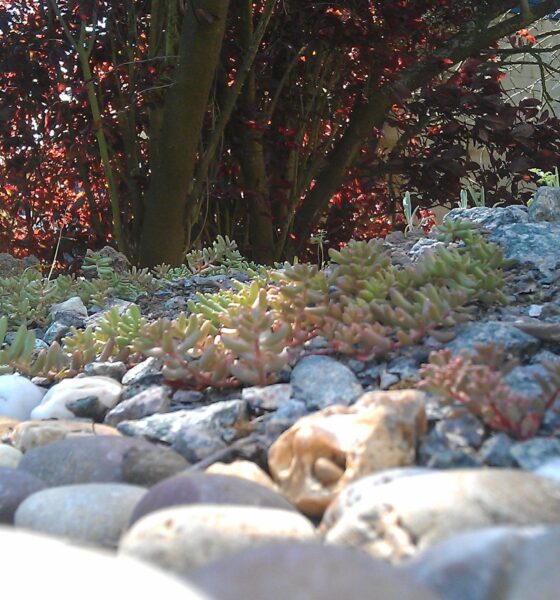

Economy
Making your period home more energy efficient: a practical guide
At first it may seem like you can’t do anything to make your period home more efficient without damaging its character. But with a little thought anything is possible, says Alex Woodcraft.
You don’t want to be shoving a load of solar panels onto your beautiful thatched roof or covering up your Tudor walls with external insulation. There are, however, plenty of other options.
The most basic change you can make is draughtproofing. I worked on a four bedroom detached house in Hertfordshire and managed to reduce the energy bills significantly. I started by working around each room, checking the edges of the windows, doors and skirting boards for gaps. I sealed each gap with a combination of builders caulk and expanding foam for the bigger gaps. I also installed heavy curtains on the front door and draught stripped doors and windows.
Another big source of draughts is floorboards and on a project on a Georgian house in Stockwell I found a perfect solution. After testing a couple of different methods, I found that Draughtex floorboard seal works really well. You roll the sealant into the gaps in your floorboards with a special tool and it hides completely in the shadows. It is also completely flexible so doesn’t come out when your floorboards move a bit.
On a larger scale, the big problem with older houses is the lack of insulation, but again with a little thought you can add insulation to your home without affecting the appearance. Usually, the outside of the house has features that you want to keep but you can consider ways to improve the inside. I have seen a few different ways to do this.
A project that I am very proud of was for a wooden house built with cedar tiles on a timber frame. I was wary of using artificial insulation because of worries about condensation. The house was built with all natural materials and has its own way of ventilating that I didn’t want to interfere with. With this in mind, I decided to use wood fibre insulation in the cavities combined with a lime plaster to retain the breathable properties of the house.
First, I stripped out the laths and added wood fibre batts to the cavities. Then I covered these with more robust wood fibre boards. Finally, retaining the traditional materials used to build the house, I replastered with lime. The lime plaster is quite expensive to install as it is more complicated than normal plaster, but the breathable qualities are a real advantage in combatting condensation and on some listed buildings it may be a requirement for carrying out the work.
At the September Open House weekend, I went to see a Georgian house in Maida Vale which had insulation installed all over the house, yet still looked unchanged from when it was built. The front of the house had been insulated inside to preserve the front aspect of the house; all you could see was slightly bigger windowsills in the living room.
At the rear, they had insulated externally and then rendered in white so it looked exactly the same as before. Finally, they had insulated the flat roof and then put decking over it to make a roof terrace. So the house continued to look like all the others in the terrace but was far more comfortable and had lower energy bills.
You can also have some fun with your house, perhaps by creating a green roof on a flat area with sufficient strength or diverting down pipes to create a rain garden.
If you like gadgets, there is some really good smart technology appearing at the moment. I got myself an Owl heating control earlier in the year. It replaced my wall thermostat and gives me complete control of my heating from any PC or a smartphone so I can fine tune it to my requirements and turn the heating off and on remotely.
The next step on from this is a system like Lightwave which remotely controls all the lights and sockets in your house. This mean you can turn off all the lights from your bed or power everything down when you leave the house.
Alex Woodcraft is a green retrofitter working in London. He helps people improve their homes to be more energy and water efficient with style and in harmony with the natural environment. If you want his assistance, drop him a line at alex@ecoalex.com. Find out more information at www.ecoalex.com.
Further reading:
Mythbusting on sustainable homes
Sustainable mortgages: designed as if people and the planet matter


 Environment10 months ago
Environment10 months agoAre Polymer Banknotes: an Eco-Friendly Trend or a Groundswell?

 Environment11 months ago
Environment11 months agoEco-Friendly Home Improvements: Top 7 Upgrades for 2025

 Features9 months ago
Features9 months agoEco-Friendly Cryptocurrencies: Sustainable Investment Choices

 Features10 months ago
Features10 months agoEco-Friendly Crypto Traders Must Find the Right Exchange





























